Future processors
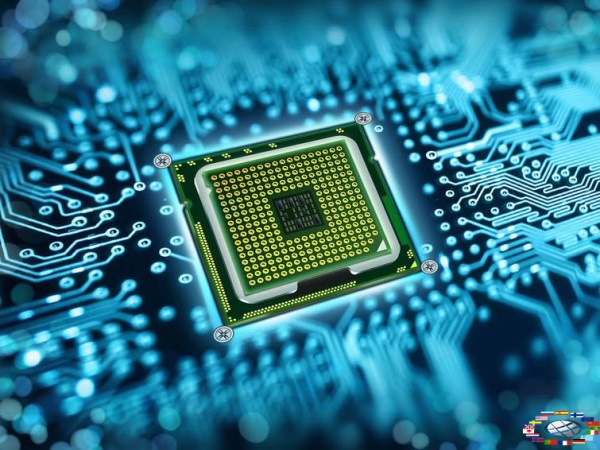
What is it - a processor of the future? Currently, experts from leading Hi-Tech companies of the world try to create a processor of a transparent materials. 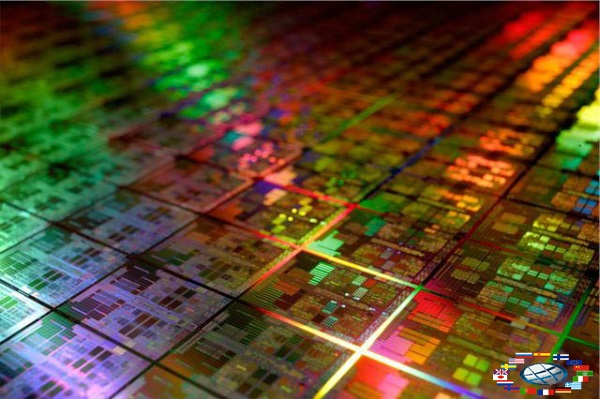 And not only: developers are full of hope to create bio- computer - a device which will not so critically dependent on imperfect accumulator. But, yet its still relatively far future, below we shall consider the realities of next few years.
And not only: developers are full of hope to create bio- computer - a device which will not so critically dependent on imperfect accumulator. But, yet its still relatively far future, below we shall consider the realities of next few years.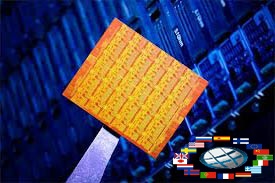 Today, silicon is the most popular material used for production of processors. Silicon recommended itself even in ancient times: our ancestors made of it instruments for labor and accessories for hunting - arrowheads, spears, axes, etc. Modern man has gone much further than his ignorant ancestors and has created the silicon-based processor - the heart of any computer or mobile device.
Today, silicon is the most popular material used for production of processors. Silicon recommended itself even in ancient times: our ancestors made of it instruments for labor and accessories for hunting - arrowheads, spears, axes, etc. Modern man has gone much further than his ignorant ancestors and has created the silicon-based processor - the heart of any computer or mobile device. 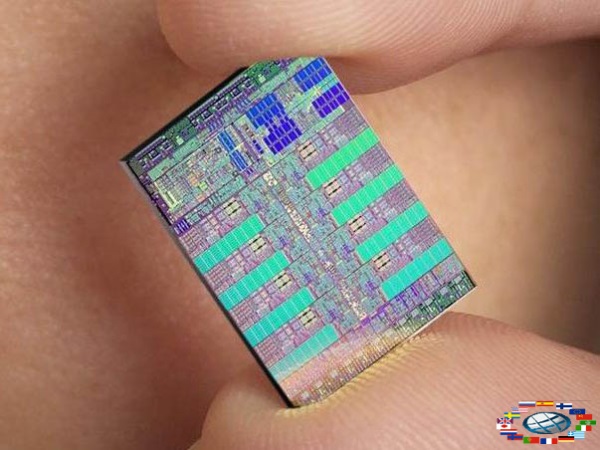 Silicon concelebrated faithful service - with the appearance of computer technologies - mankind has committed grandiose race in its development. But its time seems inexorably coming to the end.
Silicon concelebrated faithful service - with the appearance of computer technologies - mankind has committed grandiose race in its development. But its time seems inexorably coming to the end.
One of the main problems of the silicon-based processors is nothing like their overheating. If you do not think about a clear mechanism of heat dissipation and ventilation, the day of the next CPU overheating can be fatal for it.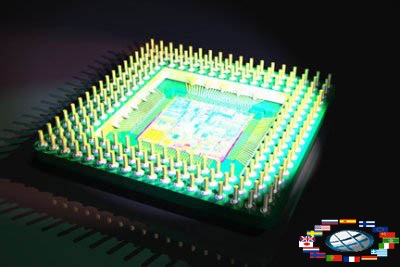 You can use any compound which has the properties of semiconductors instead of silicon. Alternative materials of which can be made processors of the next generation can seriously untie the hands of technique developers. Thus, among the new capabilities of machines can be previously unavailable such, as: the rejection of binary logic, transfer of information with a speed exceeding the light in several times, changing of electron transfer in transistors on chemical reactions, etc. For evident example we can look at the discovery, made by scientists from the California University of Technology. They were able to transfer information using not transistors, but DNA elements.
You can use any compound which has the properties of semiconductors instead of silicon. Alternative materials of which can be made processors of the next generation can seriously untie the hands of technique developers. Thus, among the new capabilities of machines can be previously unavailable such, as: the rejection of binary logic, transfer of information with a speed exceeding the light in several times, changing of electron transfer in transistors on chemical reactions, etc. For evident example we can look at the discovery, made by scientists from the California University of Technology. They were able to transfer information using not transistors, but DNA elements.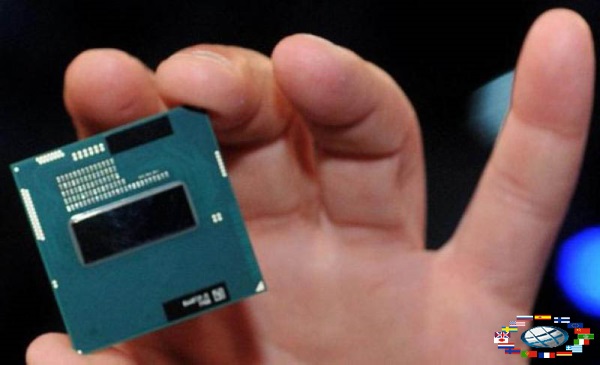 So, processors of new generation - from what material at this stage of technique development is real their production? Germanium and gallium arsenide - two these elements do not pose any novelty in the field of electronics, as they were widely used in the 70 years in radio devices. A distinctive feature of these metals is that they have a high speed of charge carrier on the surface of the plate. And what about the price issue - in fact, a question of the availability of technique of a new generation to the user with average incomes? Cost advantages is yet on the side of silicon processors, but only conditionally. The problem is only in the fact, that at the moment the production of germanium and gallium arsenide processors is not debugged.
So, processors of new generation - from what material at this stage of technique development is real their production? Germanium and gallium arsenide - two these elements do not pose any novelty in the field of electronics, as they were widely used in the 70 years in radio devices. A distinctive feature of these metals is that they have a high speed of charge carrier on the surface of the plate. And what about the price issue - in fact, a question of the availability of technique of a new generation to the user with average incomes? Cost advantages is yet on the side of silicon processors, but only conditionally. The problem is only in the fact, that at the moment the production of germanium and gallium arsenide processors is not debugged.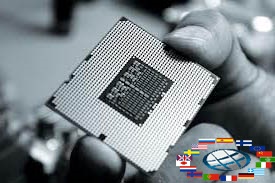 Unlike homostructure - when the processor is composed of several layers of one metal, heterostructures - when the processor consists of alternating layers of several metals - have a number of advantages. Production of latest is much more profitable than of the first. Heterostructures also have the ability to receive analog signals, which, in its turn, is very convenient for wireless devices.
Unlike homostructure - when the processor is composed of several layers of one metal, heterostructures - when the processor consists of alternating layers of several metals - have a number of advantages. Production of latest is much more profitable than of the first. Heterostructures also have the ability to receive analog signals, which, in its turn, is very convenient for wireless devices.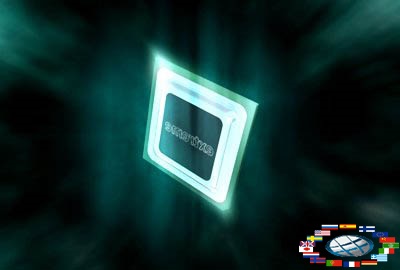 The popularity of wireless devices is obvious today. Of course, for the average inhabitant for stationary computer, yet is only available a wireless computer mouse. But, very impressive idea is that, after dropping the lighter under the computer desk, you will not go and buy a new one just because its easier to do this, then to extricate the fallen one of mass of tangled wires. So the question, whether analogue silicon processors will be in demand - is quite technical. More productive machine to which you can connect any equipment that does not bother cable length and connectors compatibility - is not a peak of perfection, but a very important step on the path of Hi-Tech enlightenment.
The popularity of wireless devices is obvious today. Of course, for the average inhabitant for stationary computer, yet is only available a wireless computer mouse. But, very impressive idea is that, after dropping the lighter under the computer desk, you will not go and buy a new one just because its easier to do this, then to extricate the fallen one of mass of tangled wires. So the question, whether analogue silicon processors will be in demand - is quite technical. More productive machine to which you can connect any equipment that does not bother cable length and connectors compatibility - is not a peak of perfection, but a very important step on the path of Hi-Tech enlightenment.
Video: "The near future according to Microsoft"